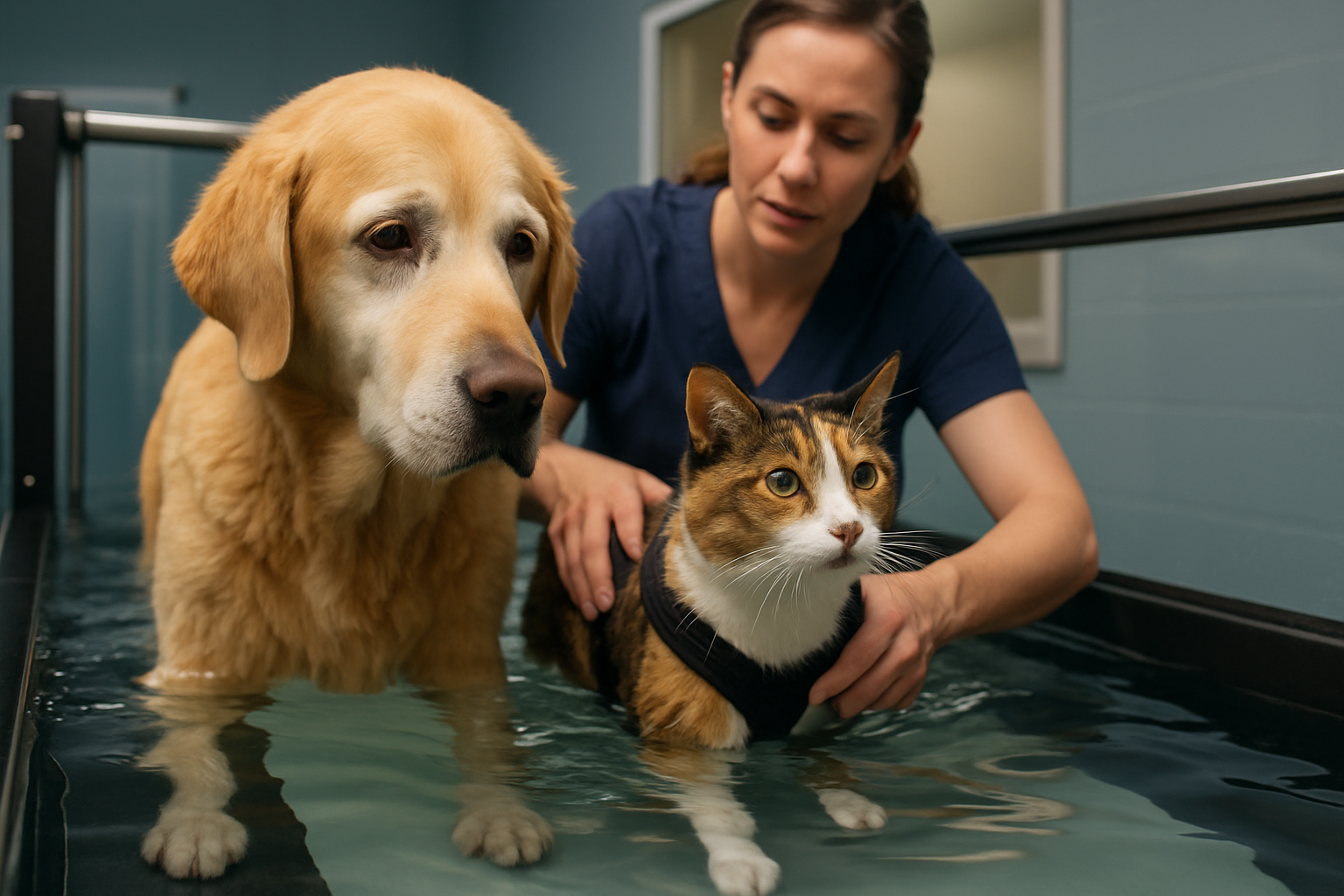Introducing New Household Members: A Calm Transition Plan for Companions
Bringing a new companion into your home is an opportunity to build a secure, lasting bond. A calm transition plan helps reduce stress for existing pets and newcomers alike by addressing routines, environment, and communication. Thoughtful preparation around behavior, enrichment, nutrition, grooming, training, and veterinary care supports smoother introductions and healthier relationships.

Bringing a new companion into a home already shared by pets or people requires more than excitement: it requires planning and patience. Start by assessing current routines, living spaces, and individual temperaments so introductions are paced and predictable. Small changes in daily schedules, clearly defined resting areas, and consistent responses from every household member help reduce uncertainty and promote steady behavior adjustments over the first days and weeks.
This article is for informational purposes only and should not be considered medical advice. Please consult a qualified healthcare professional for personalized guidance and treatment.
Behavior and adjustment
Observe each animal’s baseline behavior before introductions so you can spot stress signals like hiding, changes in appetite, or increased vocalizing. Manage interactions by offering predictable cues and using brief, supervised meetings that build positive associations. Redirect unwanted actions with calm, consistent responses and reward moments of calm. Tracking progress with a simple journal can show gradual improvements in tolerance, confidence, and overall behavior as the new companion settles in.
Enrichment and habitat
Provide enrichment that fits species and individual needs to prevent boredom and reduce tension. Rotate toys, introduce scent trails, and create vertical or hideaway areas for animals that value distance. Adjust habitat layout so both existing pets and newcomers have dedicated retreats and resources, reducing competition. Thoughtful enrichment supports mental wellness and helps companions explore safely, making coexistence more comfortable during the transition period.
Nutrition and wellness
Keep feeding routines consistent and separate meal areas to prevent resource guarding. Gradually transition diets for new arrivals according to veterinary guidance to avoid digestive upset. Monitor weight, appetite, and stool quality as part of wellness checks. Nutrition interacts with behavior and mobility: adequate diets support energy levels and recovery for pets with limited activity or chronic conditions, while routine wellness assessments identify issues that could affect adjustment.
Grooming and mobility
Regular grooming can be a calming ritual that supports bonding and detects early signs of health concerns. Schedule brushing, nail trims, and baths in low-stress environments and introduce tools slowly for pets unfamiliar with handling. Consider mobility needs for older or physically limited animals: provide non-slip surfaces, raised feeding stations, or ramps so newcomers and residents alike can move safely. Gentle handling during grooming teaches companions that human contact predicts positive outcomes.
Training and socialization
Short, consistent training sessions help new companions learn household rules and strengthen communication. Use reward-based methods to teach basic cues, reinforce calm behavior, and redirect unwanted actions. Socialization should be controlled: expose pets to new people, sounds, and situations incrementally so confidence grows without overwhelming them. Training builds predictability, which reduces anxiety when encountering one another and during common activities like travel or vet visits.
Safety and travel
Plan safety measures for both home and outings. Ensure identification, secure enclosures, and escape-proofed yards. When travel is necessary—short trips or relocations—practice crate or carrier training early so companions view transportation as familiar and non-threatening. Prepare a simple travel kit with water, familiar bedding, and any necessary medication. Coordinate with your veterinary provider for health clearances and advice on minimizing motion sickness or stress during travel.
A calm, structured approach to introducing new household members strengthens bonds and reduces the chance of conflict. Attend to behavior, enrichment, nutrition, grooming, training, wellness, mobility, socialization, habitat, safety, travel, and veterinary needs in parallel rather than in isolation. Consistency, observation, and gradual exposure create a predictable environment where companions can adapt at their own pace, promoting long-term wellbeing and more harmonious relationships.





